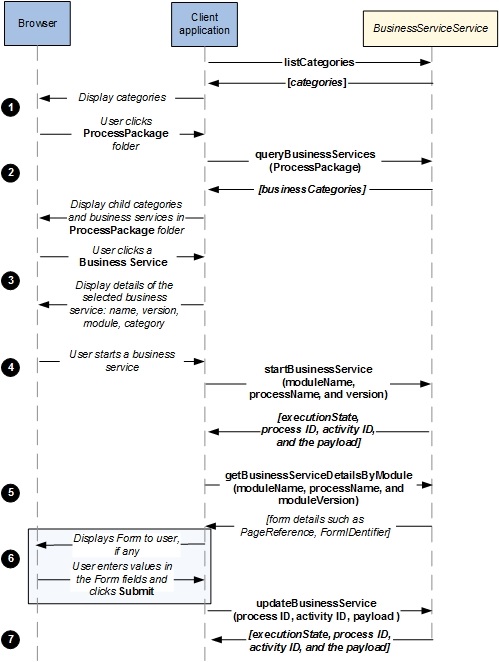Starting a Business Service
Starting a business service involves listing all the available business services and then selecting a business service to start.
The following example shows how calls to the objectAPI can be used to start and update a business service.
Procedure
Copyright © Cloud Software Group, Inc. All rights reserved.

